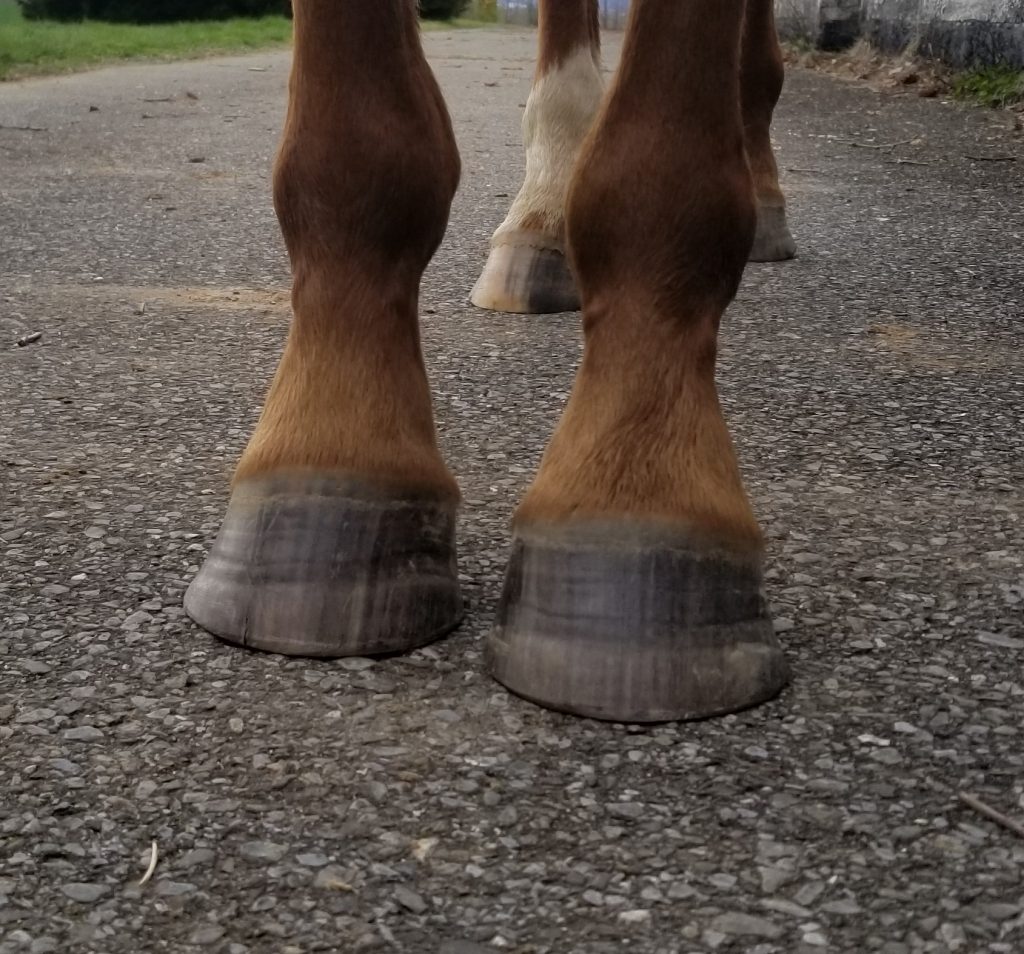
This is a Thoroughbreds’ hooves with Laminitic Inflammation and fever rings making them very distorted. (Phil Thommen)
By Philip Thommen
We have all heard the expression, you are what you eat. Similarly, tell me how you spend your money, and I will know your priorities. As a farrier for over 40 years, I have seen the hooves of horses in all kinds of conditions. Some good, many not. It is the old what goes in, is what comes out or garbage in, garbage out. Unfortunately, this is what has happened to the horse feed industry. The quality of the feed plays a critical factor in the condition and issues that we have today with horses’ feet.
A personal experience that best illustrates my point happened several years ago at a large equestrian barn where I provided farrier services. I was surprised when a horse that I had shod just two weeks prior walked by and I noticed the blown-out feet (Laminitic looking). I stopped what I was doing and asked the owner, what happened to your horse’s feet? She remarked that she hadn’t really paid attention but agreed it does look like she needs to be re-shod. I asked if anything had recently changed to cause such distortion to the hooves. The owner initially said no, but later came back and said, about a month ago the farm had changed their feed program.
If we are going to effectively address the issue of horse health, nutrition is at the root of the issue. It is the one thing they all have in common. Since the nineties we have had a consolidation of feed mills in the industry, producing many feeds with the same ingredients under many different labels. That is another story. But it is just one variable of daily or monthly products that the horse’s body is subjected to. I believe simple is best – quality grain minus all the negative by-products that provide the filler.
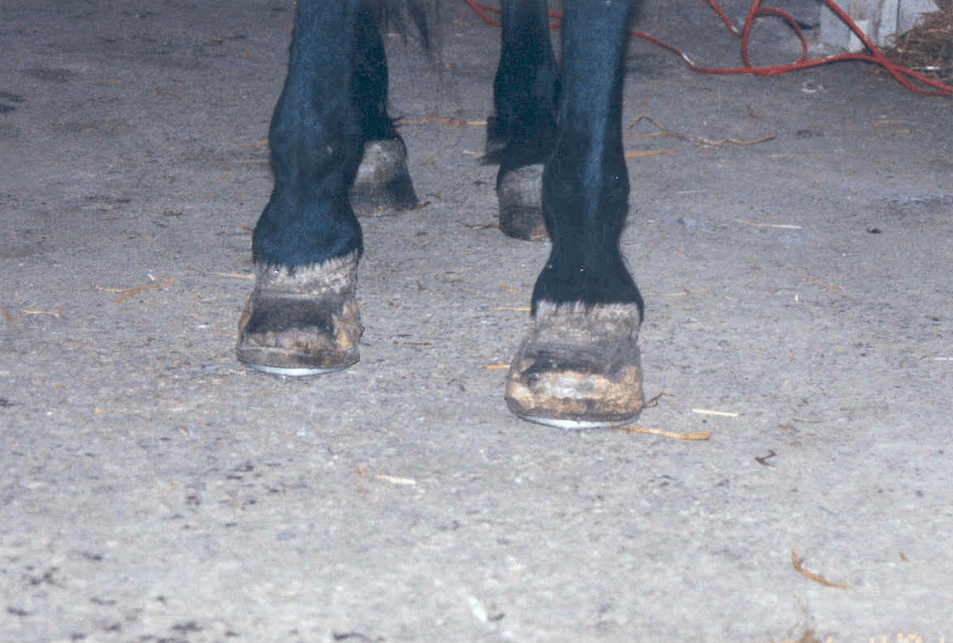
The horse is unique amongst other species that its hooves are very susceptible (the recipient) to the trauma that takes place in the horse’s body. If we don’t have a sound foundation to build on, our efforts will be futile resulting in a continuous cycle of poor health conditions. This is reflective of what we are experiencing today. I recognize the frustration and the sense we all have about the current health condition of our horses. Until we get to the root cause we will continue to only nibble around the edges of what are the real issues. Nutrition is A # 1
Let us explore this a little further with another great example of how important hoof management and treatment are to the overall well-being of horses and humans too.
I personally prescribed to the practices of Doug Butler who wrote Horse Shoeing Principles. In my mind it’s like a house with a bad foundation: all the doors and windows will sag, come out of alignment, and ultimately not work properly.
Foundation: an underlying base or support; a body or ground upon which something is built up or overlaid.
Inflammation from the horse’s body travels to the lower limbs, to the hoof capsule or the horse’s hoof being the recipient of it all. This is not new; we have all read the stories of Black Beauty foundering after the long stressful carriage ride or Flicka after being attacked by the lion.
I had the rare opportunity while in England to visit a veterinary college museum on the evolution of the horse. I saw rudimentary solutions from centuries ago that were apparently very effective to combat trauma to the hoof. Previously we could do more with sport horses and heavy steel shoes modified with the forge. We are now seeing shoeing manufacturers developing aluminum shoes like that which can be used in racing to help protect our horses. Kudos to them and their insight.
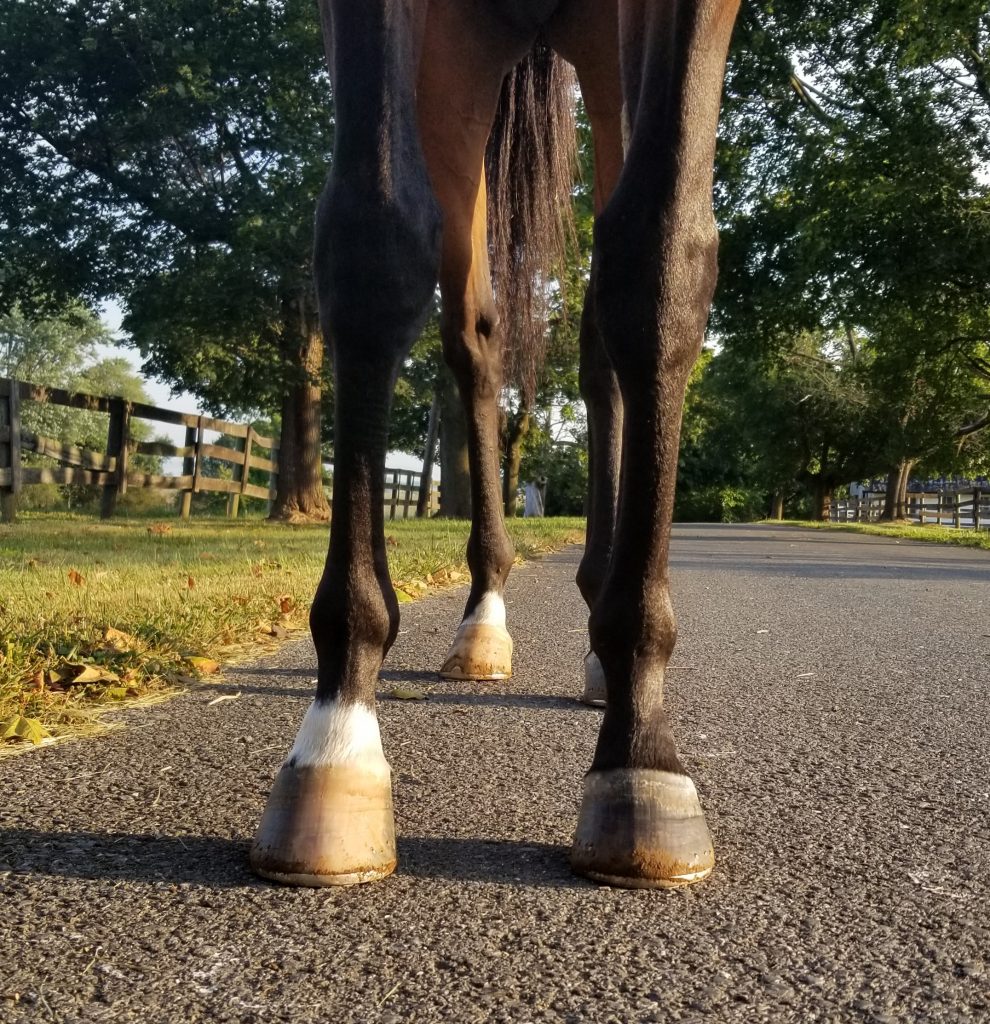
Inflammation is probably the key factor in managing soundness. We see that in ourselves as we get older. The kid that grows up on fast food, may experience “early-stage arthritis” Eating healthy is the solution or supposed to be. Unfortunately for the horse the sensitive hoof structures will break down, which hold everything in tack. The fever rings, the toes growing but not the heels. The frustration for the farrier is managing the dropping of the sole, where the sole is growing faster or over-taking the growth of the hoof wall. The outer hoof wall is paramount to soundness. The horse must walk on that and not the sole.
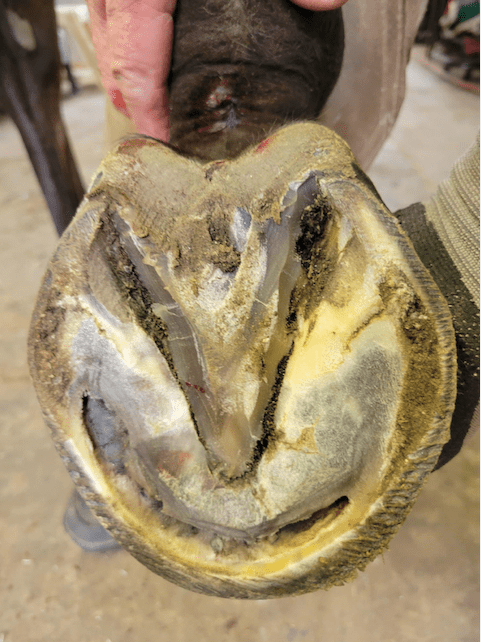
The parallel here for a horse’s hoof is that without a healthy outer hoof wall the sole will drop. If this happens the horse is walking on the sole of the foot. Consequently, the sole is pressing on the shoe, that is placing pressure on the leg, and will eventually result in lameness. Extend this situation over the course of time and the ramifications play out across the entire skeleton and muscular systems of the horse. Each system is coordinated to work in an integrated manner and when not aligned, we have a system out of control. The alignment starts at the bottom of our foundation – the feet. The critical ingredient to keep the system aligned is through good nutrition and hoof care (e.g., trimming and shoeing regularly).
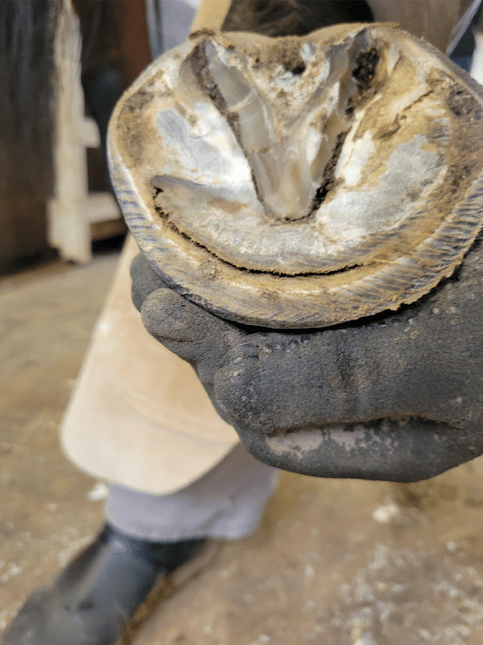
Ok, so I have given you two examples that illustrate my point but let me ask you a couple of key questions to think about. First, are you seeing some of the conditions I am describing in your horses? How would you classify the overall condition and health of your horses’ feet?
1. How often is the farrier needing to shoe your horse?
2. How often between shoeing’s are you having to fix or replace lost shoes?
3. How are your hoof and feed management connected or not?
4. What is your vet cost depending on discipline to keep your horse competitive?
If you are coming up with answers that are tugging at your wallet, you need to then examine your feed program and the influence of the nutrition you are or not providing your horse.
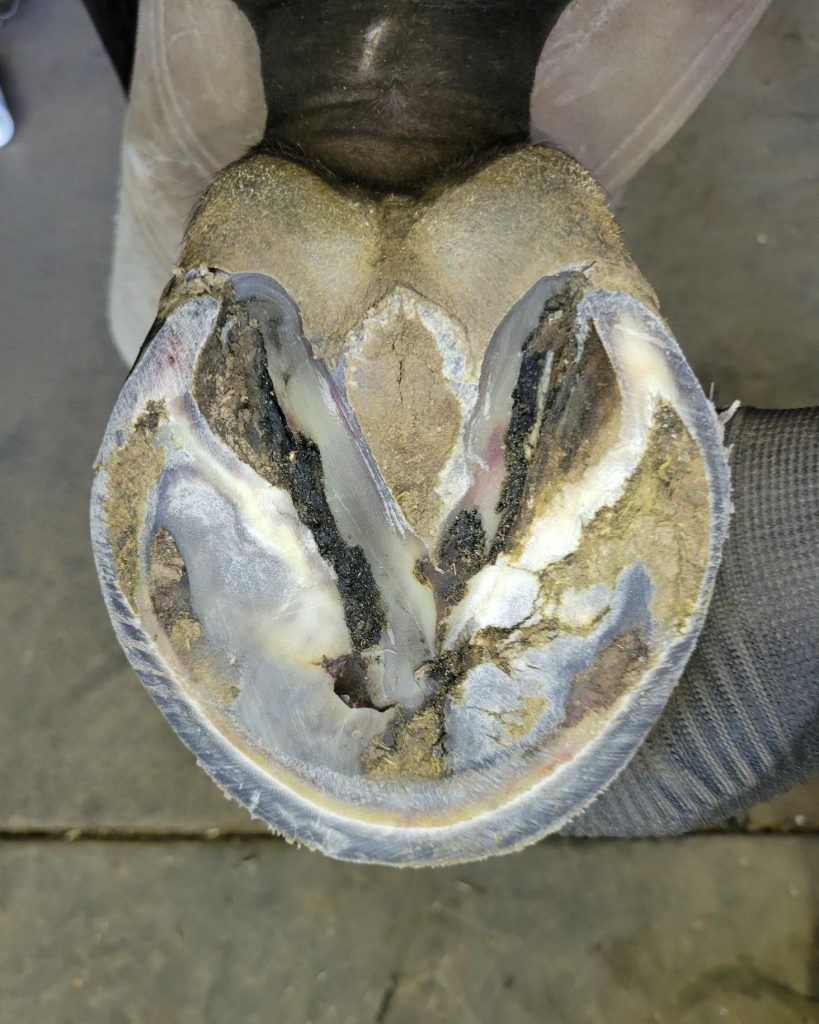
While I recognize the two elements of feed and hoof care are the starting point, I am going to be talking next about vaccines and the over prescribed use and frequency of introducing these toxins in the horse’s system are wreaking havoc on many of the issues we are seeing as horse trainers and owners. Stay tuned and I welcome hearing back from you about what you are experiencing in relation to my many observations and diagnosis of this issues.
All photos courtesy of Phil Thommen
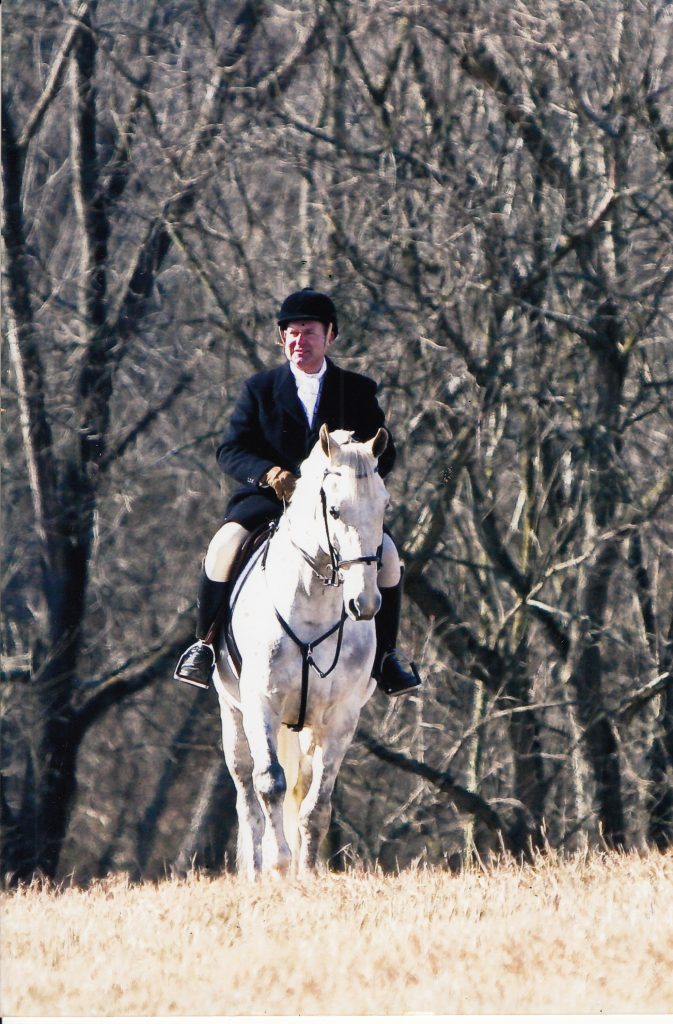
Philip E Thommen has been shoeing horses for over 45 years. He served a 3 year apprenticeship in the International Union of Journeymen Horseshoers in the late 1970’s.
Beginning in the 1980’s, Phillip shod horses at Florida, Maryland, Delaware racetracks. He worked under contract for the Maryland Jockey Club and serviced the Preakness Stakes for over 16 years.
Prior to his days on the racetrack he trained to shoe many disciplines such as show hunter/jumpers, dressage, eventing and fox hunting. Philip continued to further his knowledge of his trade during his time at the racetrack.
Building a niche market of managing complicated lameness cases for sport & racing horses, Philip successfully managed Laminitis Cases since the early 2000s
Philip has slowed down in his shoeing to manage a group of Broodmares, Yearlings & Racing Stock. He also currently operates TDF at Glade Valley Farm, a Division of TDF Farrier Science, LLC



